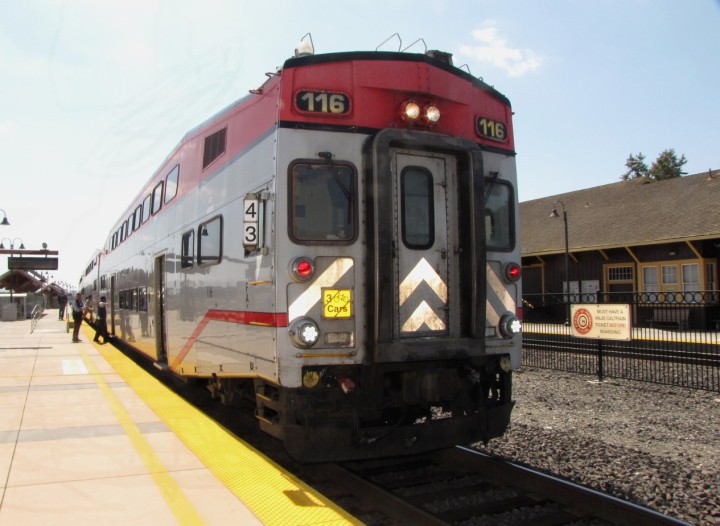
A diverse crowd of over 200 people attended a town hall meeting about Google’s proposed mega-campus in downtown San Jose on Thursday August 24th 2017 at the Mexican Heritage Plaza. The meeting was coordinated by Silicon Valley Rising, a coalition of local groups such as Affordable Housing Network, Asians American for Community Involvement, Interfaith Council on Economics and Justice, Latinos United for A New America, NAACP San Jose Chapter, SEIU, Silicon Valley De-Bug, South Bay AFL-CIO Labor Council, Unite HERE Local 19, and Working Partnerships USA among others.
At the meeting residents addressed their concerns about the consequences of the Google campus such as increased costs of housing, inadequate high paying jobs, lack of diversity in employment, inefficient public transportation, lack local business support, and homelessness. Housing in particular is a major social issue and the Google campus will only exacerbate the problem.
Google has been in direct negotiations with City of San Jose but has neglected it’s own residents. Currently Google in in control of the plans for the mega-campus but this meeting and future meetings were organized to bring more equity and rational planning into the discussion. The meeting was a starting point to hear people’s voice and craft a more balanced plan that will hopefully benefit, Google, San Jose, and it’s residents.
